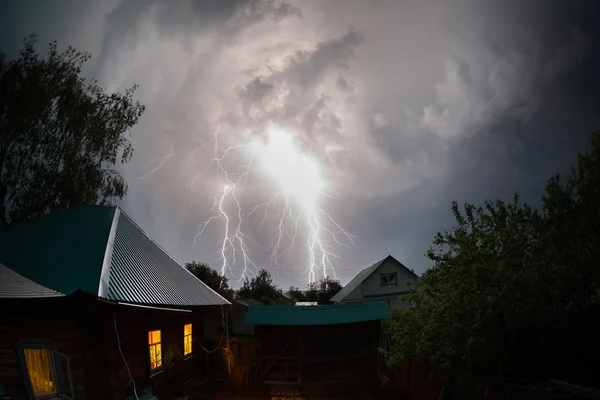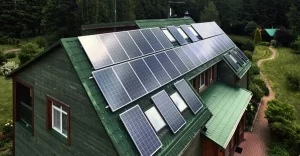How often do you think about the roof, the most vital portion of the house? Your home’s roof shields everything you treasure. Roofs all around the damaged area often have brilliant blue tarps nailed down for months, if not years, as roofing firms hustle to have them all fixed after a large hurricane (or several).
The good news is that you can plan for the worst case scenario ahead of time. Consider using the best roofing material for high winds when it’s time to replace your roof. Don’t forget about other considerations, such as the ideal roof form for hurricanes.
Roofing Materials That Are Best For High Winds
A roof being scooped up, shingle by shingle, and dragged away by high winds is one of the most common sequences in hurricane movie footage.
You might be able to avoid this catastrophe by simply constructing your roof with better wind-resistant materials.
Knowing which roof material is ideal for hurricane-prone locations can help you make smarter decisions for your property.
Metal Roofs
Metal roofs may not be the most appealing option for some homes, but they are the safest and most secure. When you live in a hurricane-prone area, you have to be ready for heavy winds. The most wind-resistant option is a metal roof, which can withstand hurricane-force gusts of up to 160 mph.
Metal roofing systems are more expensive than cheap shingles, but they endure longer and are more durable than other roofing options.
Clay and Concrete Tiles
For many homeowners, clay or concrete tiles are the most visually appealing option. Tiles come in a number of bespoke colors and complement Florida architecture, making them a popular choice for affluent residences.
Curved tiles are undoubtedly the most appealing option and are reasonably wind resistant, with resistance up to 130 mph, which is a rather severe storm. However, because wind speeds can very well surpass 130 mph, concrete or clay tiles are not the greatest or safest option. They’re also some of the priciest roofing materials available.
Slate Tiles
Slate tiles are a more environmentally friendly option that many homeowners prefer. They’re usually heavier and cost a lot more than other options, despite the fact that their average wind resistance is much lower — approximately 110 mph — and the tiles can cause a lot of damage if they fall free. A slate roof requires expert installation.
Aside from its natural beauty, slate roofing has the virtue of being long-lasting. Slate roofs frequently come with 50-year guarantees and are built of such high-quality material that, with regular maintenance, they can endure up to 100 years.
Asphalt Shingles
Because asphalt shingles are less expensive than other roofing materials, they are a popular choice. However, they aren’t meant to withstand gusts exceeding 110 mph, and older, recycled or reclaimed asphalt shingles have a wind resistance of only 50 mph. They’re not the best choice for storm protection.
Saving money on the roof’s original installation may not be a good idea if you have to replace it more frequently. Some homeowners choose to reinforce their asphalt roof with additional reinforcements, but this can be a costly alternative, even when compared to metal roofing – especially if it’s being retroactively installed to meet modern safety regulations.
Wood Shakes
Wood shakes are split log shingles with a rustic appearance. They withstand the wind better than clay, concrete, or slate tiles, but not quite as well as metal. They’re more expensive than asphalt shingles, and if you choose classic, handcrafted shakes, they may be rather dear.
Wood shake roofs require a lot more general upkeep than other types of roofing. Because wood shingles and shakes do not meet high Class A fire ratings, they are prohibited in some municipalities. The beauty of real wood is the most persuasive reason for choosing a wood roof.








